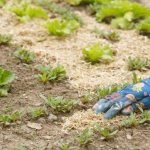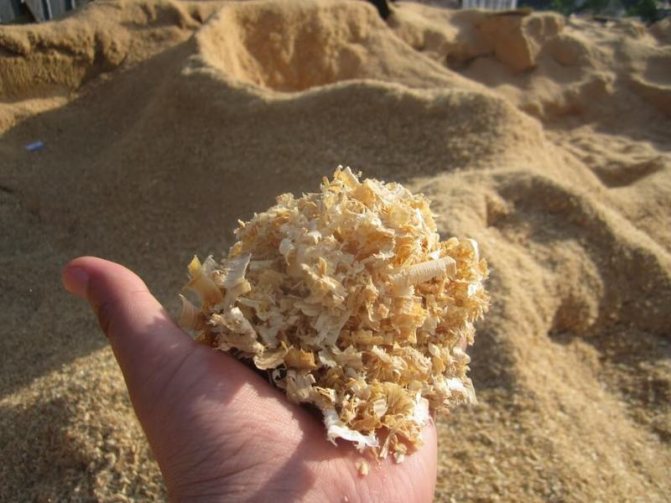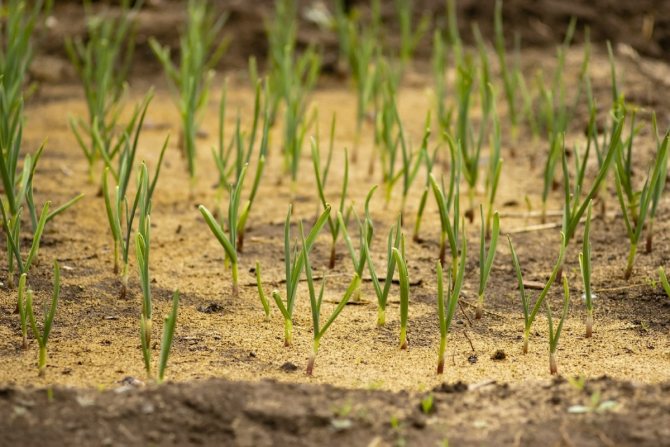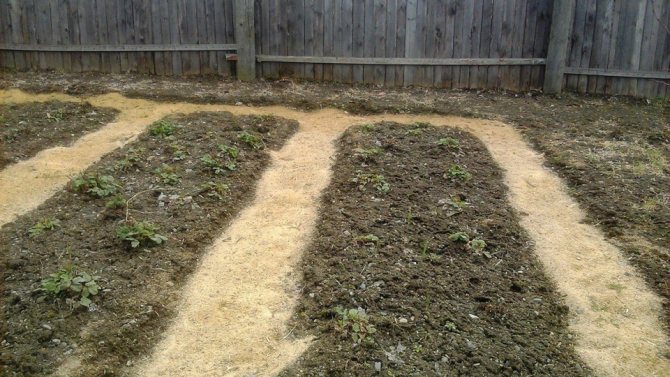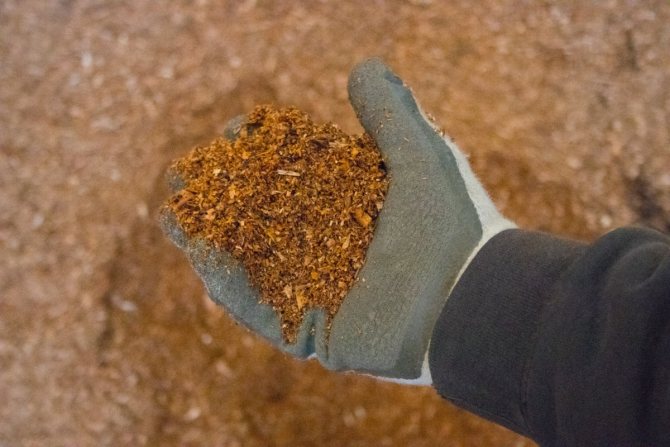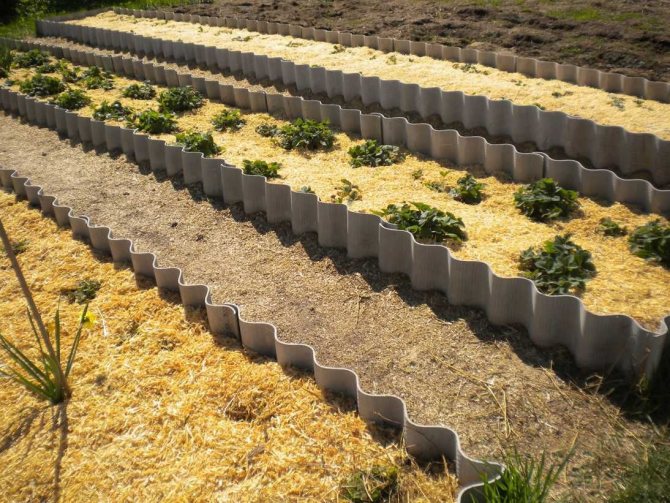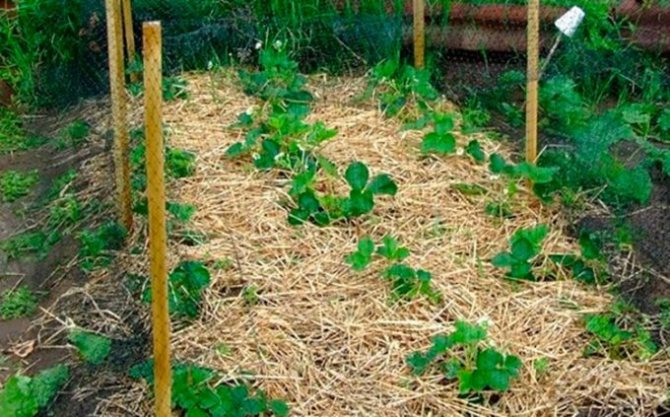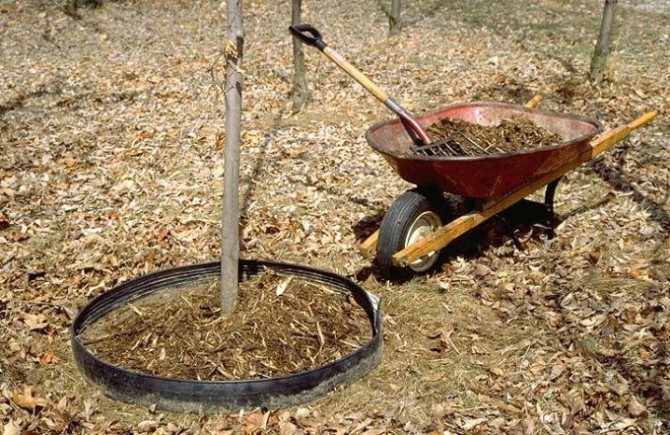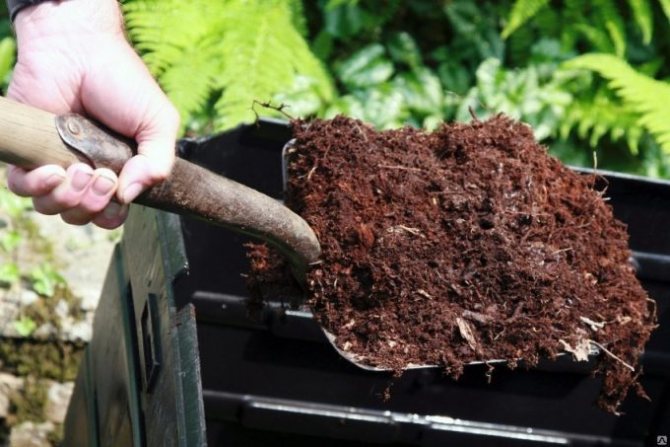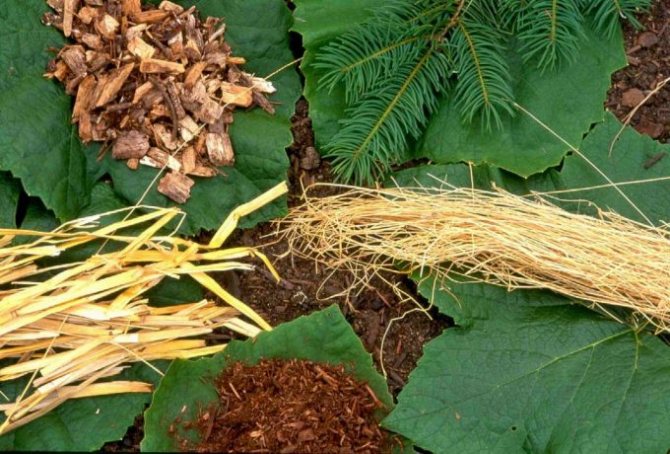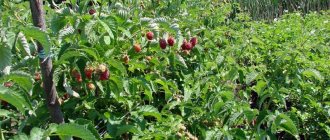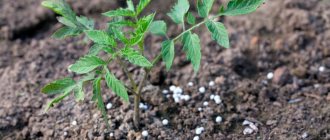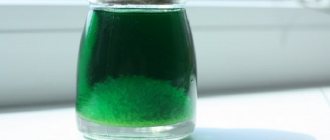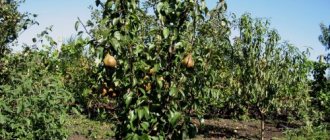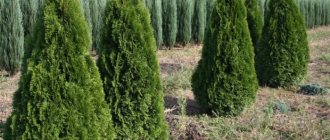The main advantages and disadvantages of mulching
The advantage of using sawdust as mulch is that it reduces the evaporation of moisture from the soil surface (this makes it possible to reduce the number of irrigations). They improve the structure of the soil, stop erosion. The shavings serve as a nutrient medium for beneficial soil microflora, allows air to penetrate to the roots of plants, since after irrigation, a crust does not form under the mulch.

A layer of mulch protects the ground, plant roots from overheating or, conversely, from freezing, prevents weeds from growing, prevents the movement of slugs, fruits that lie on the mulch do not rot when in contact with the soil surface. After a while, after the bacteria have processed the sawdust, they become fertilizer, environmentally friendly and natural.
Sawdust for mulching is suitable for use on all types of soil, they can be used both in greenhouses and on beds in the open field. This is a cheap material, sawdust in the country can be stored in a shed in bags in a dry place for more than one year, they will not deteriorate.
Despite the benefits of sawdust in the garden, in some cases they can be harmful. For example, fresh raw materials acidify the soil, so it should not be applied to areas with acidic soil, large ones decompose for a long time, drawing nitrogen from the soil, and sawdust of coniferous trees can destroy not only harmful microorganisms, but also useful ones. Also, mice can settle in the sawdust layer and undermine the roots of plants, bulbs. But all this can be avoided if they are used correctly, in accordance with how it is provided by the technology of their application.
Terms of work
In order for the sawdust to start "working", they must rot. This requires a high temperature, which is why the optimal terms of their use are spring, summer is the warm season. During the same period, it is necessary to protect the roots of plants from the scorching sun and prevent rapid evaporation of moisture. Mulch from a tree can be used to process strawberry plantations, raspberry bushes, tree-trunk circles in fruit. Winter mulching is carried out with a mixture consisting of:
- from sawdust;
- plant residues;
- rotted manure.
What sawdust can be used
For different crops in the garden, sawdust from various types of trees is used. For example, it is not recommended to take oak sawdust, as well as from poplar wood, walnut: they contain toxic substances that inhibit the growth of cultivated plants.
Coniferous sawdust acidifies the soil, so it is advisable to use them for those crops that can grow in a slightly acidic environment - for potatoes, tomatoes, carrots, greens, pumpkin crops. For plants grown in slightly alkaline soil, for example, for cabbage, beets, needles are not used. The use of pine sawdust in the garden is possible to protect plants from various pests and pathogens. Birch sawdust from fruit trees can also be used without restrictions.
The benefits and scope of application of sawdust depends on their size, for example, small ones quickly cake, a crust forms on them, a loose layer is obtained from large ones, it is quite difficult to compact it. But they can be used to insulate plants for the winter.
Preparation of raw materials
So that the sawdust does not harm the ground and plantings, they must be properly prepared in order to make mulch, completely or partially turning into humus (humus).
For this, you can use both pure wood waste of any species, and a mixture of sawdust with any feces, as well as nitrogen-containing fertilizers.
To start the fermentation process, in which various bacteria and fungi will process wood into humus, it is necessary provide high humidity and temperature over +15 degrees.
After all, the number of microorganisms must exceed some minimum threshold, after which they can efficiently process organic matter.
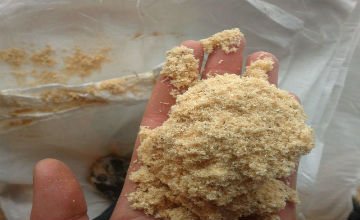

Adding droppings or humus to the fermented mass reduces temperature requirements.
After all, excrement already contains most of the necessary microorganisms, and much more than the minimum amount.
After reaching the minimum quantity, microorganisms begin to process the material, releasing thermal energy in the process of life, so a heap of a mixture of sawdust and dung / manure is warm inside even on frosty days.
Adding lime, ash or dolomite flour to rotting sawdust or dung / manure mixtures will give you mulching material with excellent fertilizing properties and neutralize the components that change the acidity of the soil.
This is especially important if you want to use incompletely rotted material for mulching.
For natural decomposition of waste sawing wood takes 2–4 years, depending on temperature and humidity. The addition of droppings / manure reduces the period of complete decay to six months at freezing temperatures or slight frost.
If you add a drug that accelerates the growth of bacteria along with excrement, then sawdust completely perepereut in 3-4 months.
For more information about these processes and the preparation of sawdust for application to the ground or use as mulch, see the article sawdust compost.
What crops can be mulched with sawdust
Sawdust mulch is suitable for all crops. Mulching cucumbers in the greenhouse is done to protect against evaporation and pests. Raw materials of conifers are used as biofuel for warm beds, they are poured with infused manure, then sprinkled with earth. Sawdust is poured into raspberries around the bushes, protecting the roots from freezing.
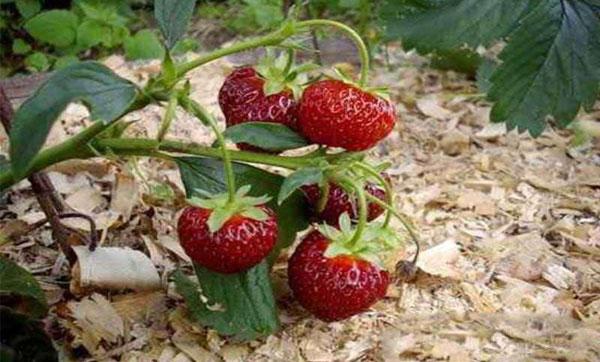

Mulching onions and garlic prevents soil moisture loss, cracking of the earth. Coniferous material is suitable for carrots, it will protect plants from damage from carrot flies. Roses are mulched in the fall to protect the bushes from freezing: the surface of the earth around the plants, like the bushes themselves, is covered with sawdust, covered with a piece of film so that moisture does not penetrate inside, and sprinkled with earth. Likewise, you can cover grapes and clematis. This is the so-called "dry" method of shelter. Large shavings can also be placed in the planting holes when planting these crops, they will protect the roots from the winter cold.
You can mulch with sawdust and tomatoes, strawberries, raspberries, all berry bushes. In the case of shrubs, moisture and nutrients remain under such a shelter for a long time, as a result of which the bushes do not need to be transplanted for several years.
Sawdust mulching of cabbage rows will help reduce the frequency of watering, retain soil moisture, especially in the heat, and, accordingly, get larger and juicy heads. Potato mulching is carried out after hilling, shavings are scattered along the aisles.
Recommended to read
The use of urea (carbamide) as fertilizer in the garden and in the garden
How to use chicken manure in the garden as a fertilizer
Instructions for the use of powder and paste of the biological product Fitosporin-M
Instructions for use for plants growth stimulator Epin extra
Buckwheat husk mulch
This unusual method of mulching is quite new. Despite the fact that he did not speak very positively about this type of mulch in vegetable beds, many liked the visual effect, many use buckwheat in flower beds.
Garden, vegetable garden and flower garden tips
How to water flowers during a vacation or long absence
Diseases of pears and the fight against them with a photo of what the leaves look like
Why does the onion turn yellow in the garden what to do folk recipes
There are 50 liter bags of buckwheat hulls sold in organic farming stores. (But we assume that you can purchase waste directly from production). The price of such a mulching material is inexpensive, and in comparison with the same tree bark, its cost can be called symbolic.
It is necessary to use "buckwheat" mulch in a flower garden in early May, as soon as perennials are clearly visible and rise 20 centimeters above the ground. Spill fresh mulch well from a fine sprayer to prevent wind blowing.
Technology
The method of mulching the soil with sawdust involves preliminary preparation of the material and its correct application.
Sawdust preparation
Fresh raw materials have little nitrogen, but a lot of cellulose and fiber. In addition, it contains caustic substances that can damage the delicate roots of young plants, so it is inappropriate to use it for seedlings in the spring. If you use fresh sawdust, then they can only be used as a baking powder in soil preparation, and not fertilizer. Only after a while, microorganisms begin to process them and plants in the current season do not have time to use the nutrients they produce. To speed up the transformation of the material into fertilizer, you must first prepare sawdust. The easiest way is to compost them.


The purpose of the preparation is for bacteria to settle on the shavings, which will process the material into organics available to plants.
To make rotted sawdust, you will need shavings, water, ash, urea, if there is vegetable and household waste, manure, then they can also be used.
- Put all the ingredients in a heap, mix and pour with urea solution (200 g per bucket of water).
- Cover with thick plastic wrap.
- Every 2 weeks, the raw materials must be shoveled to penetrate the oxygen.
- The compost is ready when the shavings turn brown.
Sawdust can be prepared like this:
- Pour shavings in the amount of several buckets on the film.
- Pour 70-80 g of calcium nitrate on top of them for each bucket of raw materials.
- Drizzle with warm water, cover with plastic wrap.
- You can use it when the shavings turn brown.
To overheat the compost requires a temperature of at least 15 ° C and high humidity. Without such preparation, this mulching material reduces the fertility of the soil, since the bacteria that decompose them destroy the nitrogen available to plants.
Rules for spring and summer mulching in the open field and greenhouse
The placement of prepared sawdust on the beds has its own nuances. In the spring, they mulch annual plants immediately after planting, for example, you can mulch tomatoes, peppers, eggplants and all crops that are planted with seedlings. It is permissible to sprinkle perennials in a garden plot with shavings after warming up the soil, before removing the old layer or digging it up, root crops - after thinning, when they grow at least 5 cm.
Shrubs and strawberries, young trees must be mulched before flowering. The layer of material for mulching the soil should be at least 3-4 cm, but not higher than 7 cm. In the greenhouse, mulching is also carried out after planting or soon after. It is convenient to use such a fertilizing mixture: 3 buckets of shavings and good humus + 10 liters of water each.Mix everything in a volumetric container, leave for 2 hours, then use it to add to the soil.
Gardener mistakes
Novice summer residents sometimes complain that mulching does not bring the result they expected. This is due to a violation of the process technology. Let's take a look at the main mistakes:
- the use of sawdust without preliminary soil treatment with nitrogen fertilizer is one of the fatal mistakes;
- you can not use fresh sawdust - this entails an increase in soil acidity;
- improperly selected size of wood waste for plants - large shavings, used only in the garden for mulching the trunks of trees and shrubs or as insulation for the winter;
- introduction of sawdust on unheated soil.
Sawdust mulch is a good material and fertilizer suitable for many types of soil. The result of mulching will be noticeable in 3-4 years, since the formation of a fertile layer is a very slow process. But the quality of the strawberry or raspberry harvest can be assessed in the same season. But be sure to take into account the peculiarities of the use of mulch, so as not to harm the crops.
Several fertilizer recipes
Sawdust in its pure form is only suitable for filling paths in order to retain moisture and stop the development of weeds. In other cases, the preparation of raw materials is required.
In order for sawdust in the garden to become useful, they need to rot. To achieve the desired condition, they will have to lie down for at least 10 years in a heap while bacteria process the wood into a useful substrate. To speed up the process, you should compost the sawdust. In combination with manure and additional additives, the fertilizer ripens faster due to thermoregulation in the desired range and maintaining a sufficient moisture level.
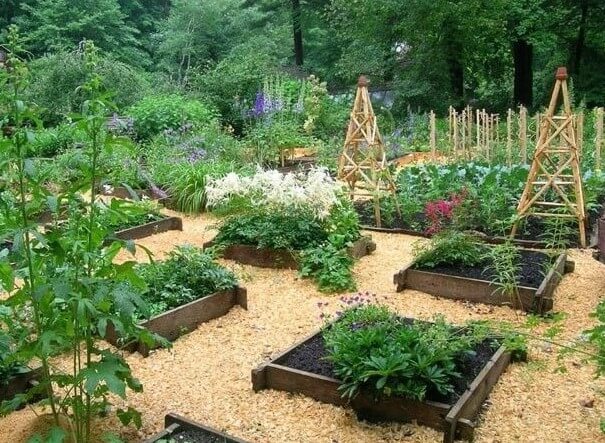

Below are some recipes for making sawdust fertilizer that gardeners across the country use. It is recommended to bookmark it from the beginning of summer as soon as the necessary material becomes available.
Recipe 1: wood and ash
- Wood sawdust - 200 kg;
- Urea rich in nitrogen (up to 47%) - 2.5 kg per heap;
- Ash required for alkalization of the soil - 10 kg;
- Water - 50 liters;
- Grass, food waste and sewage - up to 100 kg.
The shavings and grass are laid in layers, ash is added and the "cake" is poured with urea dissolved in water. You can cover the pile with a polyethylene film, but small pores should remain in the surface: this way the temperature and humidity level will be optimal, and the oxygen supply will remain.
Recipe 2: Fortified with Organic
For poor soil that requires a significant dose of fertilizer, prepare the following sawdust compost:
- Wood waste - 200 kg;
- Cow dung - 50 kg;
- Fresh cut grass - 100 kg;
- Organic waste (food, feces) - 30 kg;
- Humates - 1 drop per 100 liters of water (no more).


When this fertilizer ripens, a significant amount of nitrogen is released.
Fertilizer from fresh sawdust
As already mentioned, fresh sawdust does not benefit the soil as a fertilizer for the garden. If you have not done composting in advance, and it is necessary to saturate the soil, use a sawdust mixture with the following additives on a bucket of chips:
- Ammonium nitrate - 40 g;
- Granular superphosphate - 30 g;
- Slaked lime - 120 g (glass);
- Calcium chloride - 10 g.
The mixture must be infused for 2 weeks. To do this, spread polyethylene outside and sprinkle the ingredients on it.


Mix and leave to isolate the required elements and carry out chemical reactions. Then add the mixture to the soil while digging over the beds. The earth will receive a sufficient dose of ammonia, the acid-base balance of the soil is leveled, the release of nutrients will occur immediately after the first irrigation. Fertilize the soil in the amount of 2-3 buckets per 1 square meter of the site. This procedure promotes the natural loosening of the soil.
Early harvest of potatoes
Young warm potatoes from your own garden - what could be better? Moreover, if with butter and freshly salted cucumber from the greenhouse! You can get a harvest much faster when using sawdust. Follow these steps:
Sprout tubers of early potatoes in the light.
Place a 10 cm layer of sawdust moistened with water on the bottom of the box.
Spread the potato tubers evenly over the surface, sprouts up.
Sprinkle them on top with a 2-3 cm layer of sawdust.
As soon as the sprouts that appear have reached a length of 6-8 cm, transplant the sprouted potatoes into the usual holes on the site. Place a layer of straw or hay on top.
This preparation allows you to harvest an average of 2 weeks earlier than the traditional method of growing crops. Try the experiment yourself. Select a small separate area for the sprouted potatoes and compare the results. If you know other ways to use sawdust, be sure to share them in the comments.
A good summer resident benefits from everything, even a seemingly unnecessary material such as wood shavings. It can be a good fertilizer, material for mulching or seed germination. Sawdust for the garden, the benefits and possible harm of which will be discussed later, with skillful use, can become a good assistant in solving many summer problems.
Output
Sawdust is a good material for mulching any plant. When used correctly, this mulch protects plants from:
- drying out during the summer heat;
- frost;
- slugs and snails.
In addition, sawdust mulch loosens the soil in the garden or greenhouse and replenishes the loss of nutrients and trace elements, necessary for the normal development and fruiting of any plants.
The importance of sawdust on the farm can hardly be overestimated, because they are also used as insulation for floors, ceilings and walls, and also serve as bedding for animals.
Using sawdust as mulch allows you to achieve amazing results in the growth and development of a plant, but only if you follow certain rules.
Mulching - surface covering of the soil of the garden and vegetable garden with mulch, which can be crushed bark, needles of needles, sawdust and other natural materials. This agrotechnical technique avoids many health problems of cultivated plants on the ground and in the greenhouse. Using sawdust as mulch allows you to achieve amazing results in the growth and development of a plant, but only if you follow certain rules.
Properties of wood chips and shavings
Sawdust mulch is suitable for use on all types of soil. What is good about this material:
- Does not release moisture from the ground, thereby helping to maintain water balance during dry periods and in hot areas;
- Prevents weeds from germinating. This is one of the main reasons for using wood waste as mulch powder;
- Fresh sawdust is used as a bedding for berries - the smell of wood scares some pests away from the fruit, and clean small chips keep strawberries and strawberries clean;
- Mulching the soil allows the roots of some plants to survive the winter;
- Wood sawdust serves as fertilizer. True, for this you need to fulfill some conditions.

